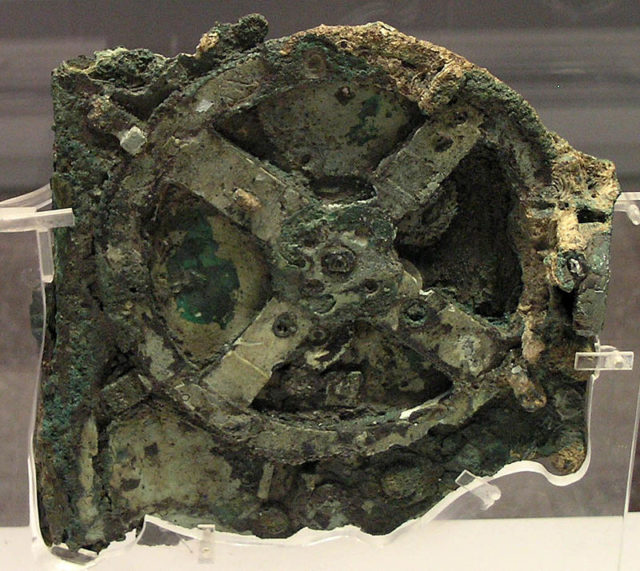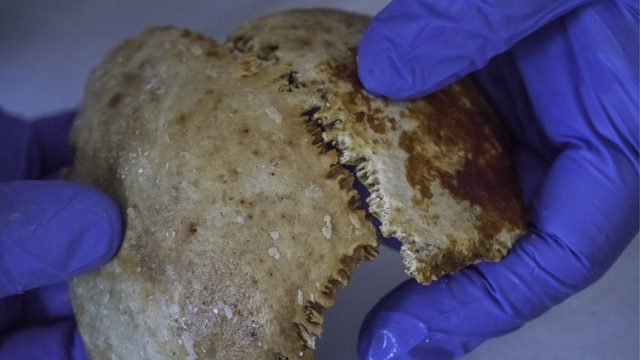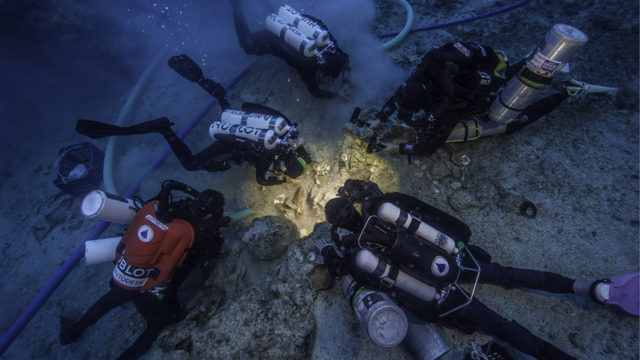Ever wondered what life was like in the first century BC? Wonder no more, as archaeologists are on the verge of connecting the missing links. Buried under 2,000-year-old pottery is revealed the remains of a sailor killed on the famous “Antikythera” ship.
With today’s technology and analysis at hand, it’s hoped these bones will provide the information needed to reconstruct the history of this sailor and his civilization.

The wreck off the coast of the Greek Isle of Antikythera has been an artifact trove for over 100 years. One of the more interesting finds is the “Antikythera Mechanism.” Archaeologists believe this mechanism was used as a guide to the galaxy and is presumably the first mechanical computer.
This discovery of a sailor remains may now provide archaeologists with the platform to perform DNA analysis that was impossible in the past.
Researchers say that the bones have been well preserved at sea for thousands of years. And now these two-thousand-year-old remains will provide a glimpse into the pass lives of the 1st century. More importantly, this is the first time that human remains have been discovered in the age of DNA analysis.
History of the wreckage:
The first discovery of the wreckage was made by Greek sponge divers in the 1900s. The wreckage is the largest wreckage ever found. Antikythera is surrounded by the Aegean Sea and is nestled between Crete and Peloponnese. Archaeologists say the ship crashed off the Greek island almost two thousand years ago, thus placing the wreckage at around 65 BC.

It’s not positively clear what cargo the ship might have been conveying; some have suggested that it might have been a massive grain carrier, Mail Online reported.
The remains were retrieved by researchers of the Hellenic Ministry of Culture and Sports along with members from the Woods Hole Oceanographic Institution (WHOI).
According to Brendan Foley, a marine archaeologist with WHOI, the sailor’s remains have provided unprecedented advancement for the study of our prehistoric ancestors.

This is the first time human remains have been found at this shipwreck site. The remains include a human skull, fractured jaw with three teeth, legs, arms, and ribs. The discovery was made on 7th August 2016 by researchers exploring the wreck. Archaeologists will now be able to place the geographic location of the sailor and ethnicity.
This will go a long way in deciphering our ancestors’ history and provide insight into their lives.
